On dark roads, near graveyards, or by quiet rice fields, mysterious balls of light known as Onibi, or “ghostly fire,” have been spotted across Japan for centuries. With their faint glow, these eerie phenomena are often considered a type of yokai, a supernatural spirit or creature in Japanese folklore. Yet, Onibi isn’t merely a natural wonder, but is also deeply embedded in Japan’s cultural and spiritual heritage. This article explores the origins, sightings, and stories of Onibi, and even examines how they appear in the popular game Nioh 2.
What Kind of Yokai is Onibi?

Characteristics and Appearance of Onibi
Onibi are often described as small, floating orbs of pale light, typically seen as bluish-white in color, softly glowing and bobbing through the night. The name Onibi itself means “demon fire” in Japanese, and despite their fire-like appearance, these orbs can’t be touched or physically affected, giving them an almost ghostly presence. This surreal, intangible nature only adds to their mysterious allure, causing some to believe they are more than just a trick of the eye.
Where Onibi Appear
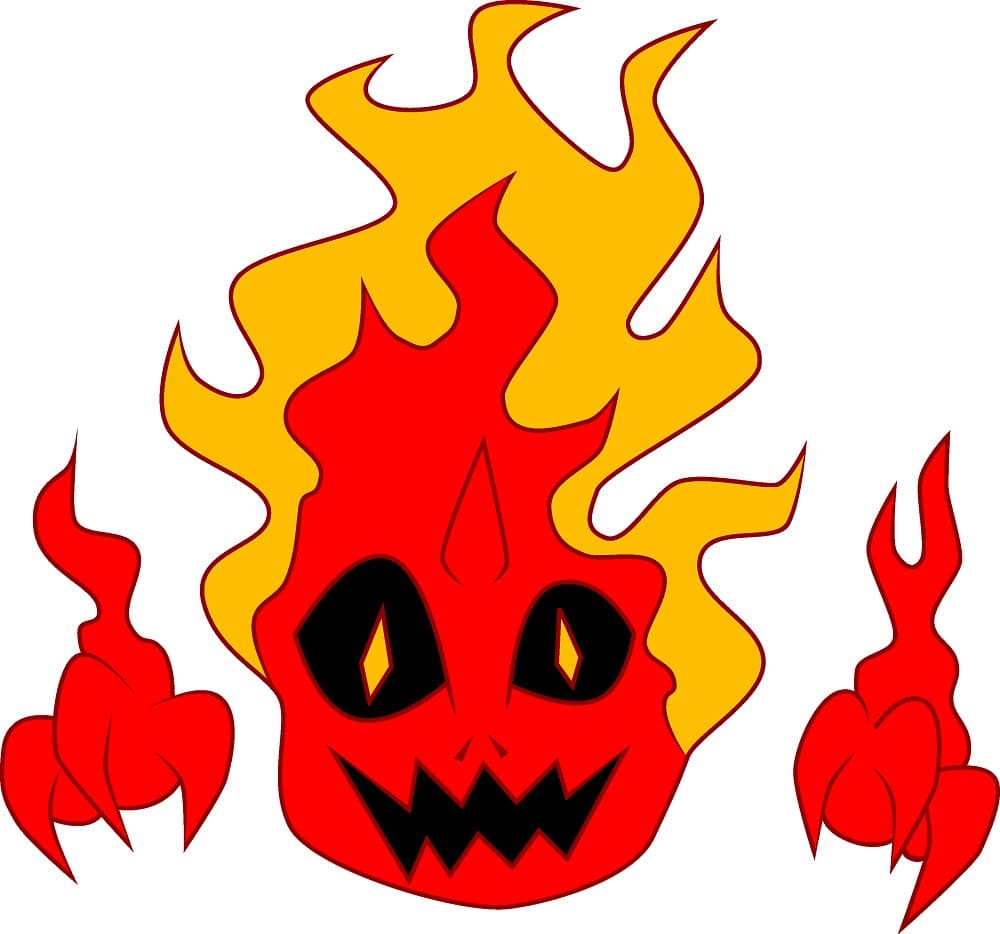
Onibi are typically seen in areas rich in folklore and tradition—graveyards, marshlands, and ancient castle ruins—places associated with spiritual or otherworldly energy. These sightings occur mostly at night and are often accompanied by a chilling silence. According to old beliefs, the conditions for Onibi are especially suitable near water sources, which, in Japanese spirituality, often symbolize the boundary between life and death.
Legends of Onibi Across Japan
Stories about Onibi appear throughout Japan. In Kyoto, for instance, there’s the well-known “kitsunebi,” or fox fire, which is believed to be caused by fox spirits trying to deceive or lure people astray. In the Tohoku region, a version known as “Oshira-bi” is seen as the wandering spirits of the deceased. Meanwhile, in Shikoku, a phenomenon called “Sanzu no Hi” or “Fire of the Other World,” is considered to be a manifestation of restless souls. Each region has its own name and version of Onibi, highlighting the cultural richness of Japan’s supernatural folklore.
How Were Onibi Created?
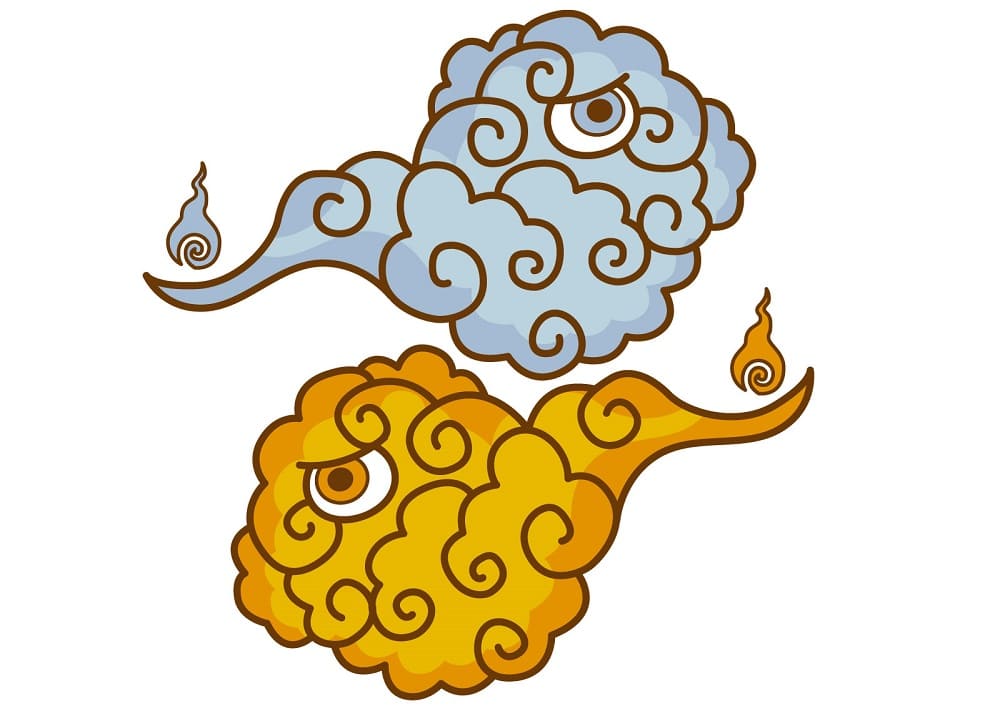
Theories of Onibi’s Origins
There are several theories regarding the origins of Onibi. Scientifically, one explanation suggests that Onibi might be caused by marsh gas, such as methane, which forms from the decomposition of organic material in wet, marshy areas. When it rises and interacts with oxygen, it can combust and create a faint, glowing light. Another theory involves iron oxidation, which can sometimes ignite and emit a soft flame. However, these explanations do not account for all sightings, leaving some instances of Onibi shrouded in mystery.
Spiritual and Folklore Beliefs About Onibi
In Japanese folklore, Onibi are often believed to be the souls of the deceased or the lingering emotions of the departed, particularly those who died in tragic circumstances. These spirits, unable to find peace, roam at night as balls of ghostly light, scaring or disorienting those who encounter them. This view reflects Japanese spirituality, which is deeply respectful of the souls of ancestors and aware of the potential influence of spirits in daily life.
The Cultural Impact of Onibi in Japan
Over time, Onibi became more than just spooky lights in the night; they influenced Japanese culture, literature, and art. During the Edo period, artists often depicted Onibi in ukiyo-e (woodblock prints) as mysterious lights that appear near haunted or spiritually charged locations. These depictions inspired people’s fascination with ghost stories and tales of the supernatural, keeping the image of Onibi alive in Japan’s imagination.
Onibi in the Game Nioh 2
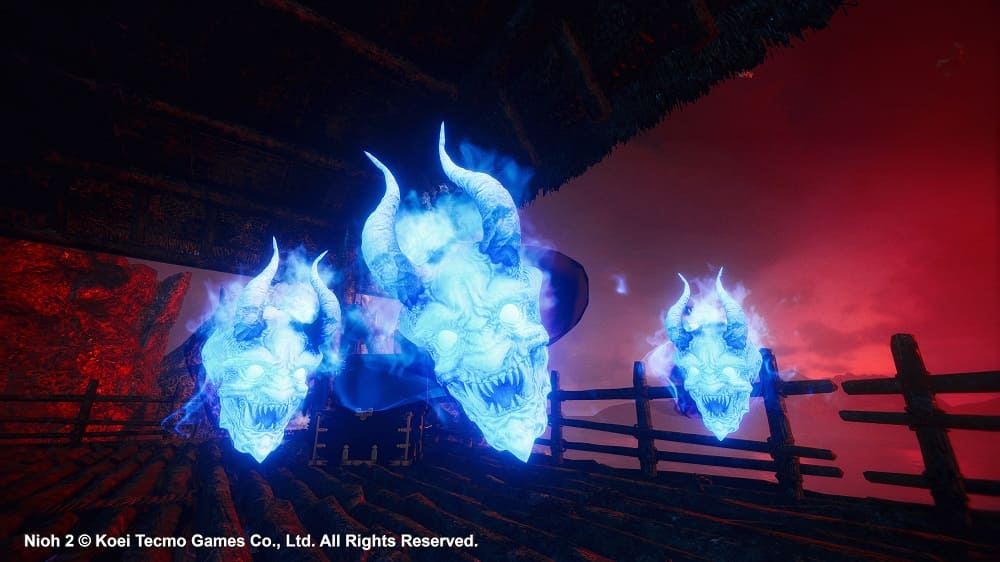
Onibi’s Role and Characteristics in Nioh 2
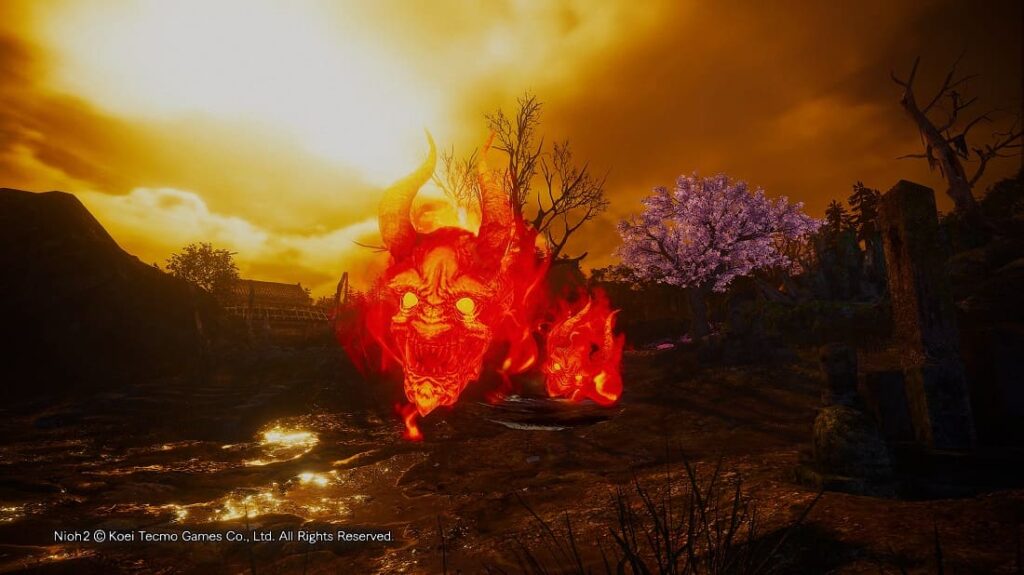
In the action-adventure game Nioh 2, Onibi appear as supernatural enemies with unique characteristics. Depicted as floating, glowing entities, they are known for their haunting movements and mysterious presence, attacking players by drawing near and then exploding in an attempt to damage the player. Onibi in Nioh 2 effectively capture the unsettling qualities of the traditional yokai, giving players a taste of the traditional Japanese ghost stories and the dangers these spirits represent.
How to Defeat Onibi in the Game
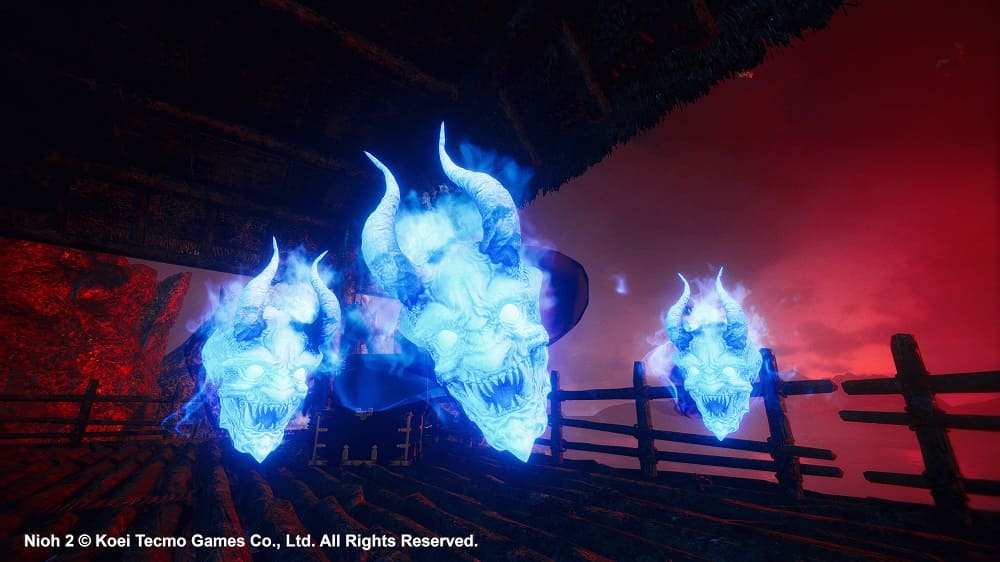
In Nioh 2, dealing with Onibi requires strategy, as they are dangerous when close due to their explosive attack. Using ranged weapons to attack from a distance can be an effective approach. Observing their timing and movement is essential, and players who take advantage of this pattern and avoid close combat are better equipped to defeat them without taking significant damage. This gameplay element adds a unique twist to the game and requires skillful tactics to conquer the yokai-inspired spirits.
Onibi’s Connection to Other Yokai in the Game’s Story
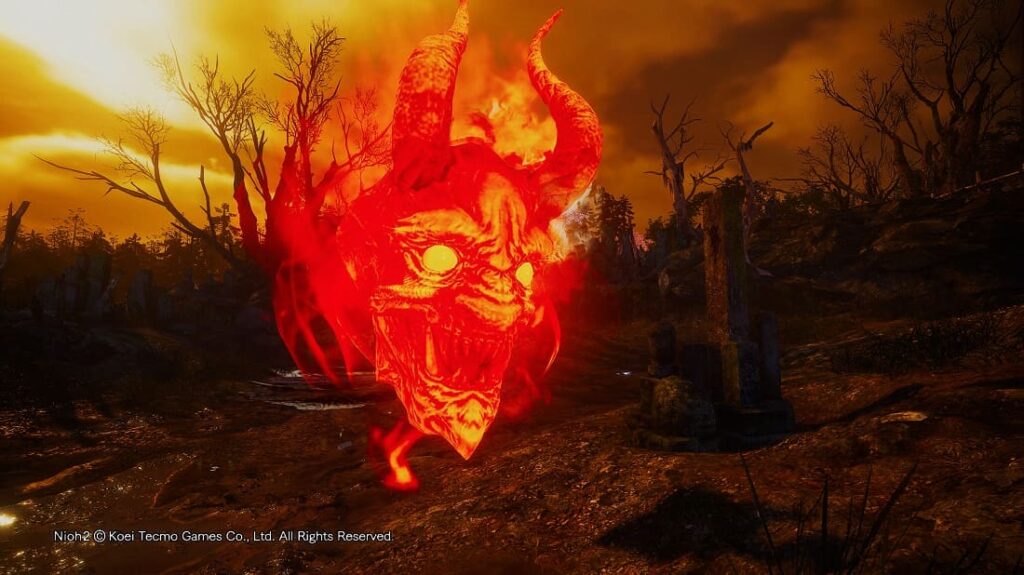
In the storyline of Nioh 2, Onibi often appear alongside other types of yokai, especially in areas with heavy spiritual energy or cursed zones. Their presence amplifies the eerie, haunted atmosphere, helping to build a sense of supernatural tension and danger for players. Together with other yokai, they contribute to the game’s exploration of Japanese folklore and give players insight into traditional beliefs about spirits and the afterlife.
Q&A
Q1. Are Onibi real phenomena?
A. Yes. Onibi have been witnessed throughout history, and scientific explanations exist, but not all sightings have been fully explained.
Q2. Are Onibi dangerous?
A. Real Onibi are not physically harmful, but traditionally they were thought to mislead or even scare travelers.
Q3. What is the best way to defeat Onibi in Nioh 2?
A. Maintaining distance and using ranged attacks are effective methods, as Onibi explode when close.
Conclusion
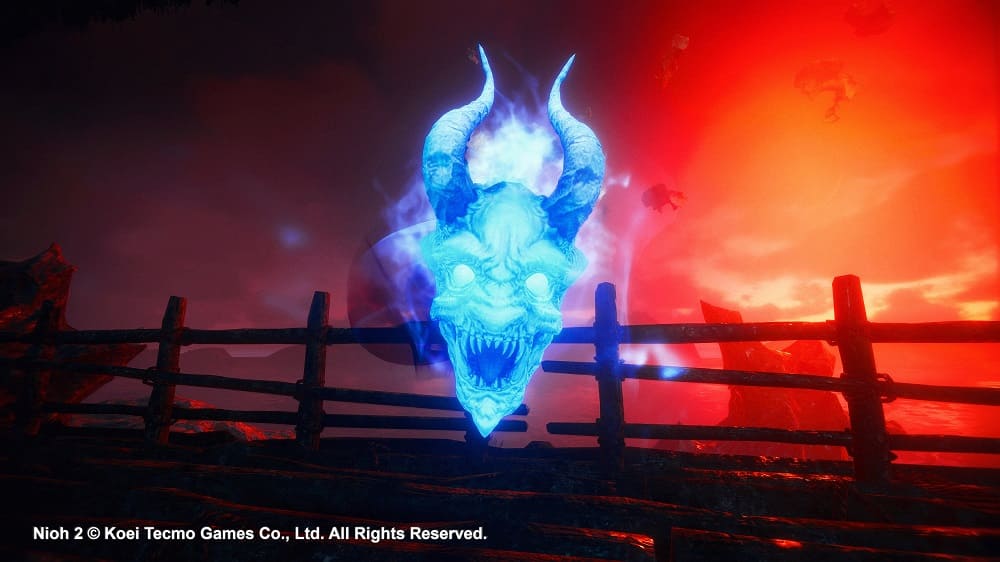
Onibi, as a mysterious and spiritual presence in Japanese folklore, continue to captivate and intrigue people today. Blending scientific explanations with cultural stories, these glowing orbs remain a unique part of Japan’s supernatural landscape. With portrayals like those in Nioh 2, the enduring image of Onibi persists, allowing both modern audiences and fans of Japanese culture to appreciate these otherworldly fireballs and the traditions that surround them.

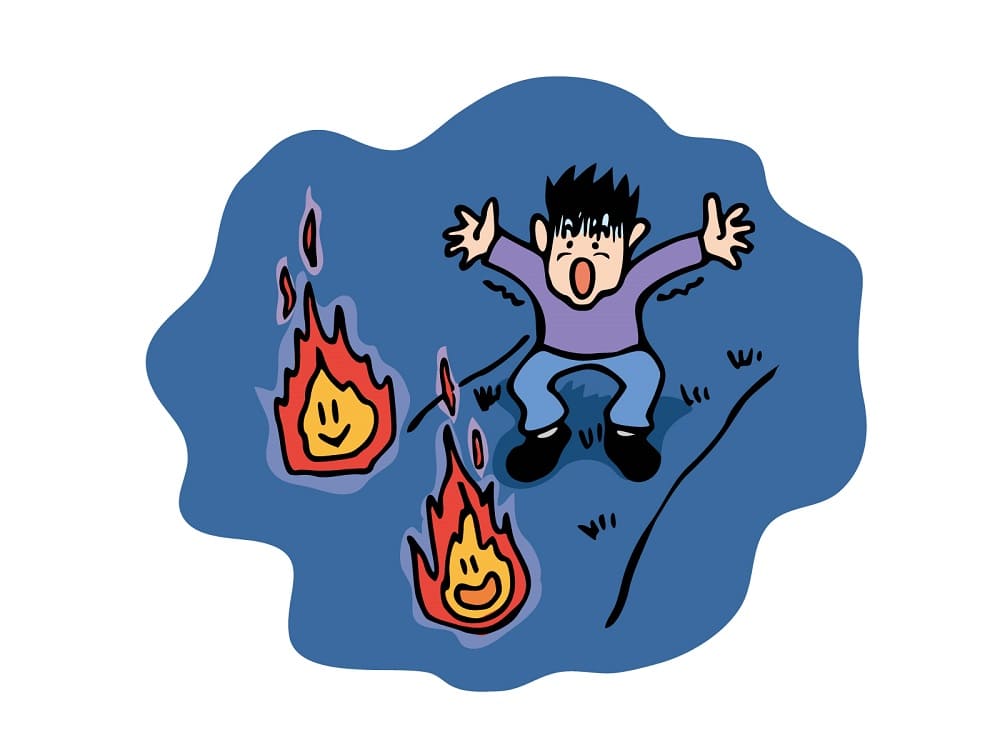


Comments